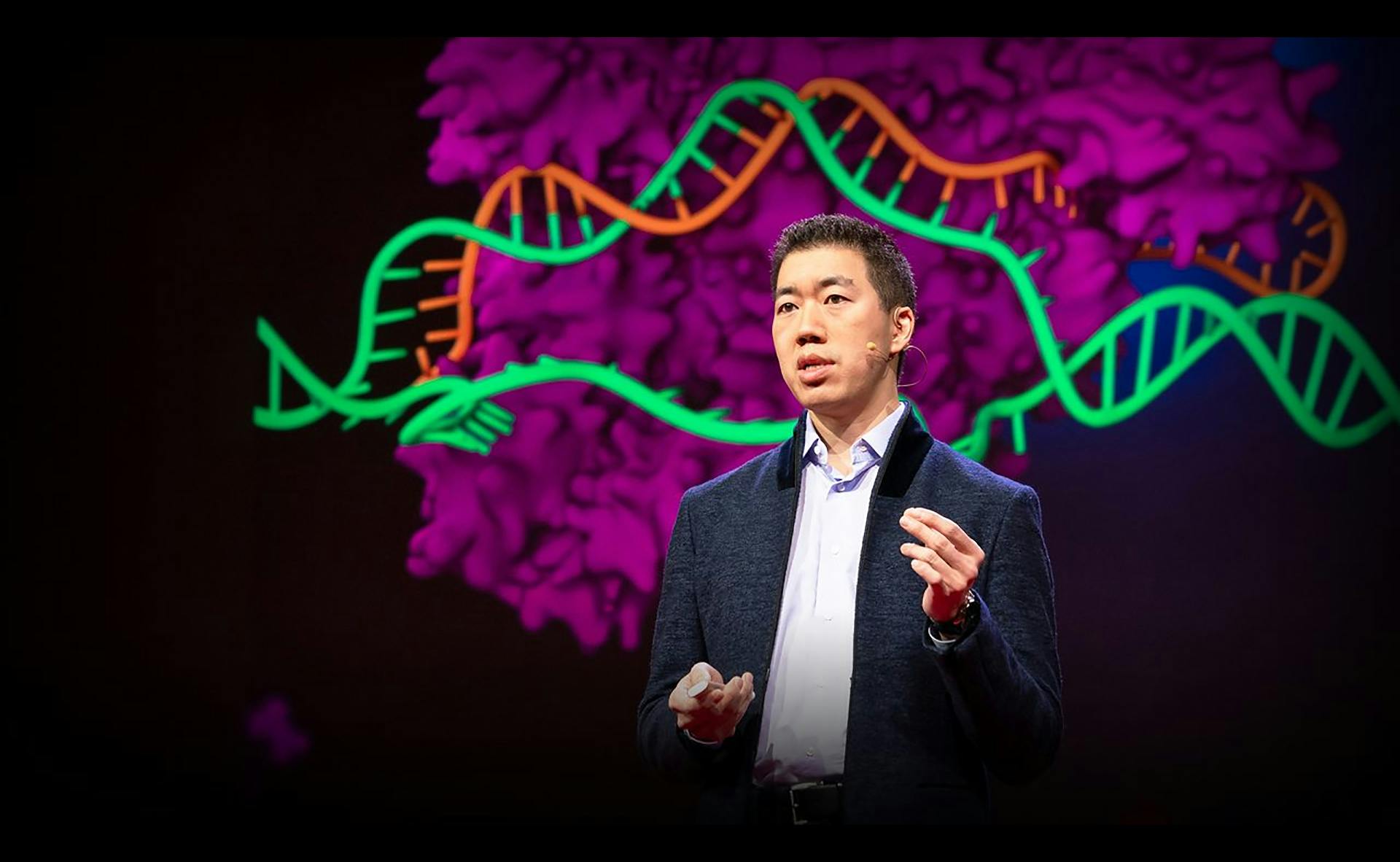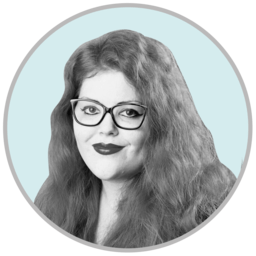David R. Liu is a professor of chemistry and chemical biology at Harvard University. Most recently he has spearheaded a research team that has discovered “base editors,” described by Liu in his recent TED talk as "laboratory evolved molecular machines that directly convert a single base pair to another base pair at a specified location in the human genome efficiently and with a minimum of other outcomes." They represent a breakthrough in understanding and hopefully treating genetic diseases. In conversation, Liu discusses his philosophy of hard work, the rewards of teaching, new genome-related technologies that he’s discovered, and the relationship between art and science.
What are you most impressed with when it comes to your research? What discoveries have been the most surprising and illuminating as you’ve studied genetic diseases and ways to treat them?
The most surprising aspect of base editing to me is how quickly other scientists have adopted the technology, resulting in a now-vibrant field. In only three years since we published the first paper on base editing, the DNA blueprints for our base editor constructs have been requested more than six thousand times by more than a thousand researchers around the world. More than a hundred papers using base editors in organisms ranging from bacteria to primates have already been published. The speed of this growth of base editing as a new field has been stunning to me.
Is it difficult to remain grounded and compassionate while working in a lab constantly? How much would you attribute keeping a sense of normalcy in your life to your students?
Simply being on the front lines of experimental research in the molecular sciences for the past 20 years has been a very humbling and grounding experience. In general, most of our initial ideas are at least partially incorrect, the majority of experiments don’t work as hoped, and in most cases every one of dozens of separate components or procedures that go into an experiment all have to be done just right in order for the results to be successful. So the short answer is that daily challenge and daily failure are very effective at ensuring that the lab remains grounded. And certainly, working with an amazingly dedicated and down-to-earth group of students every day has been the best part of being a professor for me.
As you’ve worked with students in recent years to develop ways of performing chemistry on an individual DNA base, and to fix rather than disrupt mutations that cause genetic diseases, what has been your biggest challenge—professionally or personally?
Having to guide the base edit (the individual change we are making to both DNA strands at a single base pair) from the initial chemistry on the DNA base through navigating the cell’s DNA repair response, which would normally undo the types of changes we are making during base editing—all within the constraints of a living cell or organism—was probably the biggest challenge. And like many big challenges, the most effective solutions often turn out to be surprisingly simple!
During your PhD program at UC Berkeley, you initiated the first general effort to expand the genetic code in living cells. How would you explain this immense endeavor in layman’s terms?
That description is perhaps unnecessarily heroic—the basic idea was to introduce new amino acids of our choosing, beyond the 20 amino acids that make up typical proteins, into the genetic code in living cells by repurposing a stop codon (TAG) to instead code for the new amino acid. And, importantly, this effort was not just my own—I was working with a very talented group of other students in Peter Schultz’s laboratory at the time.
Besides being an accomplished chemist and professor, you are also very interested in photography. Has your knowledge of biology influenced your love of art? Do you feel as if you have a deeper insight into human nature as a result, or are art and science separate for you?
Absolutely, yes, I believe that science and art share a beautiful relationship. Of course, many aspects of nature are stunningly beautiful—landscapes, the elegance of many features of biology, including how so much information and complexity arise from strings of just four DNA bases, the nature of the genetic code, and perhaps most beautiful of all to me, biological evolution.
I find man-made art to also be incredibly inspiring and uplifting—a reminder that human biology and human consciousness can create breathtaking beauty from very little. And of course the intersection of art and science—a particularly beautiful scientific idea, the image of an aspect of nature never before observed (such as the recently imaged black hole), the science that enables a photograph to capture a moment in time, even one that occurred billions of years ago—is simply the best.
Your research group combines “chemistry and evolutionary techniques to create revolutionary new medicines”; how does it feel to be a pioneer in the sciences? What has been most rewarding and to what would you attribute your intense curiosity and work ethic?
Most of what I do doesn’t feel like stereotypical work, so it’s not difficult to pursue my research and teaching interests late at night or on weekends. And nothing motivates me more to work as hard as I can than knowing that the student leading that project is also going all-out to advance the science, answer the key question, or solve the critical problem. I’m incredibly fortunate that just about everyone in our lab is very dedicated to our projects. Indeed, for the past four years, we have had an annual lab-wide retreat to help ensure that we are taking the time to brainstorm and develop new ideas together, away from the lab, and do activities together other than experiments that help remind us to appreciate each other and maintain a larger perspective on our time together.
You are also the founder of several biotech companies, including Pairwise Plants and Beam Therapeutics, where you have worked to improve agriculture. What exactly have you been working on within these companies? What improvements in agriculture have been made, and what does this ultimately mean for those working with and consuming certain crops?
Beam Therapeutics is using our base editing technology to treat genetic diseases that can be addressed by making single-letter DNA changes in our genomes. Thousands of human genetic diseases—many quite serious, such as sickle-cell anemia or progeria—are caused by the simple swap of one DNA letter for another. Beam is advancing and applying the potential of base editing to provide new therapies—and perhaps even some of the first cures—for some of the millions of people who suffer from these diseases.
Pairwise Plants is using base editing and other genome editing technologies to introduce precise changes into the DNA of plants to improve crops. The types of traits introduced into plants might include improving the nutrition of crops, increasing their ability to be grown successfully under imperfect conditions, and increasing the yield of crops that farmers can harvest.












